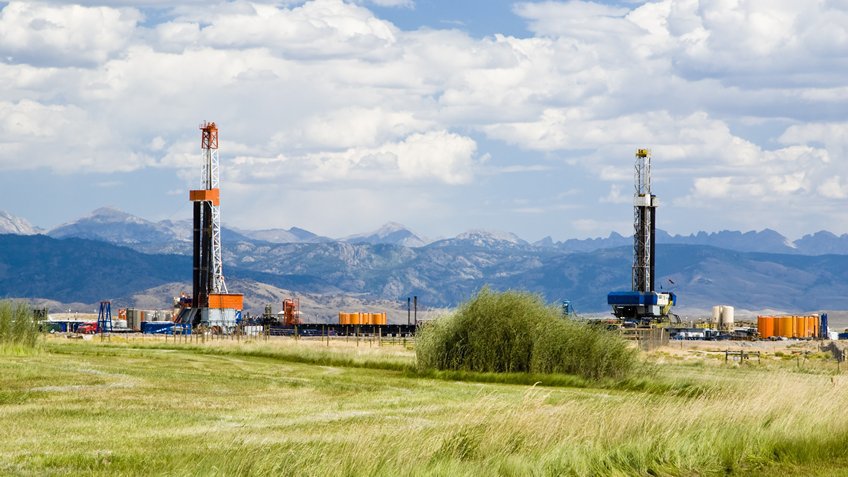Recommended For You
The development of onshore shale resource plays is reshaping the global oil and gas marketplace.
Often operators will drill anywhere from three to 20-plus horizontal wells originating from a single pad. The tight spacing of the wells and the ability to complete multiple wells simultaneously is drastically reducing individual well costs. Some U.S.-based operators are now breaking even at prices as low as $30/barrel of oil or $2/MMbtu.
The development of the multiwell pad has brought with it a new set of technical challenges. The level and variety of equipment required to handle the gas and liquids production from these pads has increased dramatically.
In addition, operators must deal with variations in production, the steep decline rates generally associated with unconventional plays and an ever increasing number of partners with whom they must share information.
The ability to stay agile and adjust production strategy based on commodity prices and global demand is a key growth factor in this unconventional space.
Executives as well as operations personnel now expect access to real time data. Companies demand real-time visibility into field assets.
This includes the “on-demand” visualization of data from wells, personnel, processing equipment, secondary recovery equipment, storage facilities, custody transfer data etc.
In the early days of multiwell pad development producers often installed a single flow computer or RTU to handle data collection. These early pads were generally hardwired with buried cables and in many cases still required some data to be recorded manually such as truck driver recording the amount of liquids loaded.
These types of pads did not provide access to data in real time, reduced the producer's ability to expand and presented a number of maintenance issues.
As the number of wells on the pad and/or amount of equipment required to process and treat the produced gas and liquids increased, companies were forced to add additional automation systems.
The gradual growth of automation networks and frequent well pad traffic led to disparate data sources and restructuring of the buried cable network. All of these changes and disruptions created unnecessary maintenance and engineering expenses.
Many successful producers are rethinking their approach to well pad automation – electing instead to implement a scalable automation solution with the ability to provide real-time data in a consistent format.
These types of systems allow producers to monitor an ever increasing number of wells and quickly make decisions to optimize production. In general these systems fall into two categories; remote terminal unit (RTU) and programmable logic controllers (PLC) hybrid systems and systems consisting of PLCs with distributed I/O panels.
RTU and PLC Hybrid Systems
In the case of an existing well pad there may be instrumentation or RTUs that make sense to keep in place either due to cost of reworking the site architecture or due a critical function that particular piece of equipment supplies.
In these instances a PLC can be layered on top in order to pull data from the disparate sources and allow for I/O expansion. Additionally, the PLC provides added horsepower for complicated logic.
Production data and operating data can be integrated into applications that provide advanced analytics around tank management, enhanced recovery, LACT units, etc. This type of approach also allows producers to add automation to applications that were once manual.
A truck ticketing system is a perfect example. Truck ticketing has traditionally involved a driver manually recording the amount of product he/she has loaded. Manually written tickets introduce a lot of room for error due to sloppy handwriting, smudging etc. These types of errors can have a significant impact on the profitability of a producer.
PLC and Distributed I/O Panels
This distributed type of architecture allows producers to decrease the amount of wiring required for a site, therefore reducing overall installation costs and maintenance costs.
Producers may also opt to use wireless instrumentation to further reduce these costs. This type of system also allows the producer to use complicated logic and the advanced applications mentioned previously. The ability to scale up or down as needed with this modular type of design has made this type of system highly attractive to producers.
Both approaches allow data to be safely and reliably consolidated in a common platform. The use of a common platform allows all site related data to be presented to operations personnel and management in a consistent format for effective decision making.
With tightening budgets and reduction in manpower, producers are looking for systems that will provide reporting by exception. That is, a system that has logic built to sift through piles of data and quickly flag anomalies.
By using an enhanced SCADA system and web reporting, operations and management are able to view a large number of assets and focus their attention on problem areas.
The cyclical nature of commodity pricing and fluctuations in demand have created significant challenges around developing multiwell pads and maintaining production levels.
The ability to get information from the field and quickly make decisions has become even more important as companies strive to improve profitability.
Multiwell pads are the future of unconventional resource development, and that future demands an effective automation system.
Learn more about solutions for the oil and gas industry.
Published June 6, 2016


